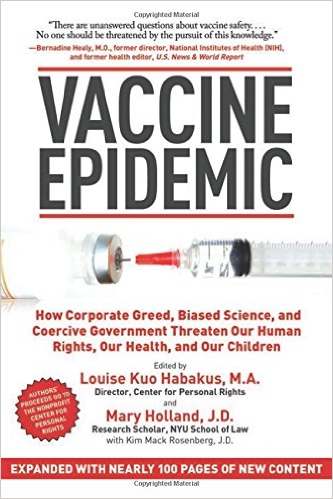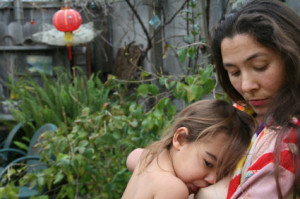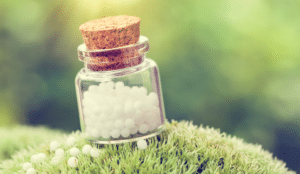Anyone else wondering about sunscreen and the fear of sunlight? I’m a fan of letting my kids get a little sun in the summer, an eyebrow-raising approach in this day and age.
I realized the importance of sunshine on my children’s skin when testing revealed that my son’s Vitamin D levels plummeted after his regression into Autism.
It’s been very hard to raise his Vitamin D levels to a normal range, despite lots of supplementation.
The best way to get Vitamin D is through sunlight on the skin. When my friend Laura, a cancer survivor, tested low for Vitamin D, her doctor told her to sunbathe nude for ten minutes every day.
We Americans have come to fear sunlight. But as much as we need to avoid bad sunburns, we also need to make sure our children get enough sunlight.
My favorite form of protection for my son is a baseball cap, but I also use sunscreen when we need it.
But did you know that a lot of sunscreens contain harmful chemicals? And did you know that the skin is your largest organ, and what you put on your body is basically the same thing as what you put in your body?
Because I am concerned about environmental toxins, when I choose a sunscreen for my kids I want to know that the product I’m choosing contains the least toxic ingredients I can find.
This list by the Environmental Working Group has made that really simple.
If you haven’t thought about what is in your sun cream, or you are procrastinating on choosing something because you don’t know which one to buy, give this list a look, and share it with a friend!
Alison’s kids used to wriggle and slide out of her grasp when she tried to get them slathered up on the beach, which is why it’s called “sunscream” in her family. Her son still doesn’t love the process, but at least she’s not left screaming about what’s in the lotion!
Photo credit: Adobe Stock #38085277













June 26, 2013 5:25 am
Comments 0